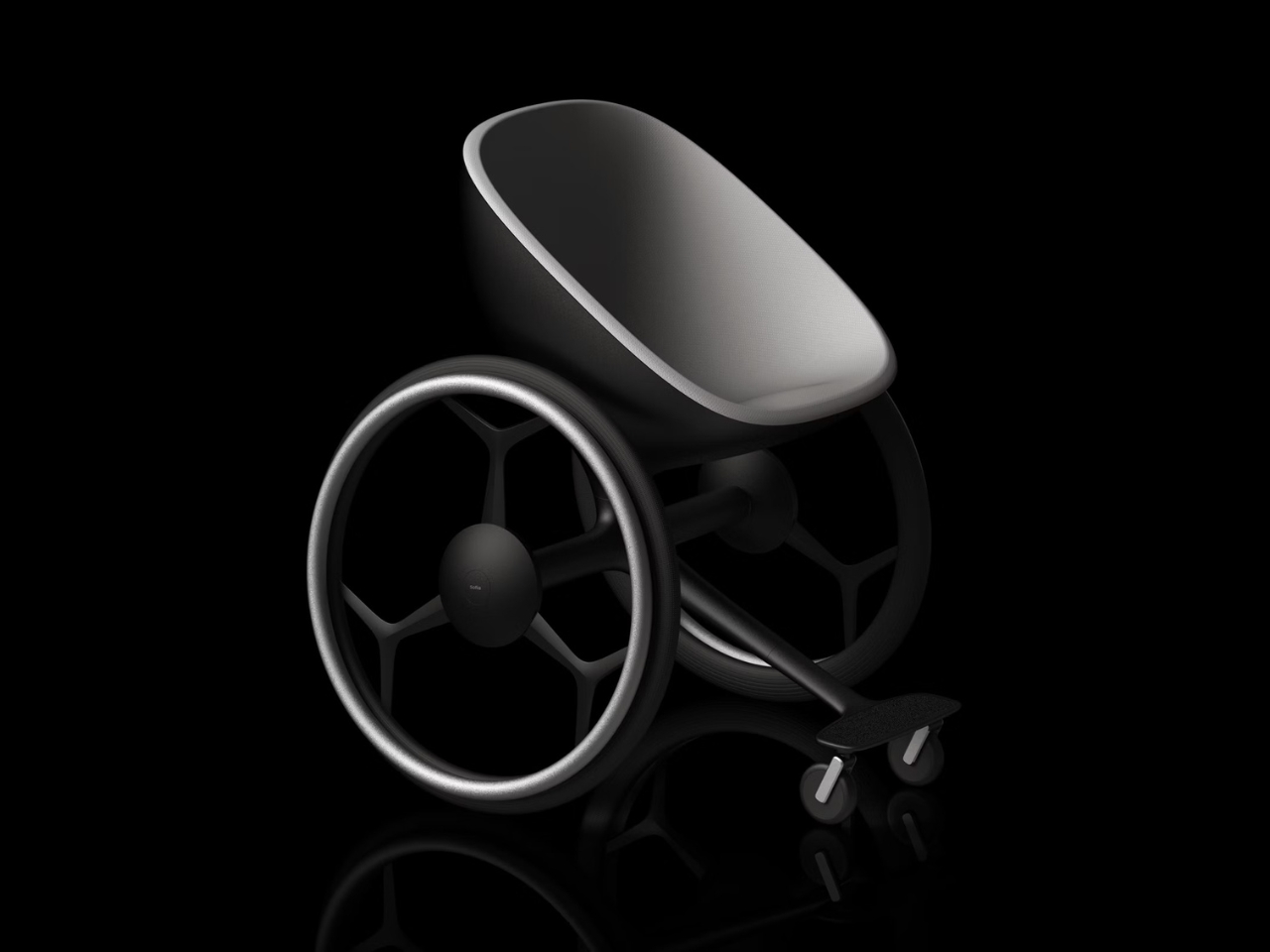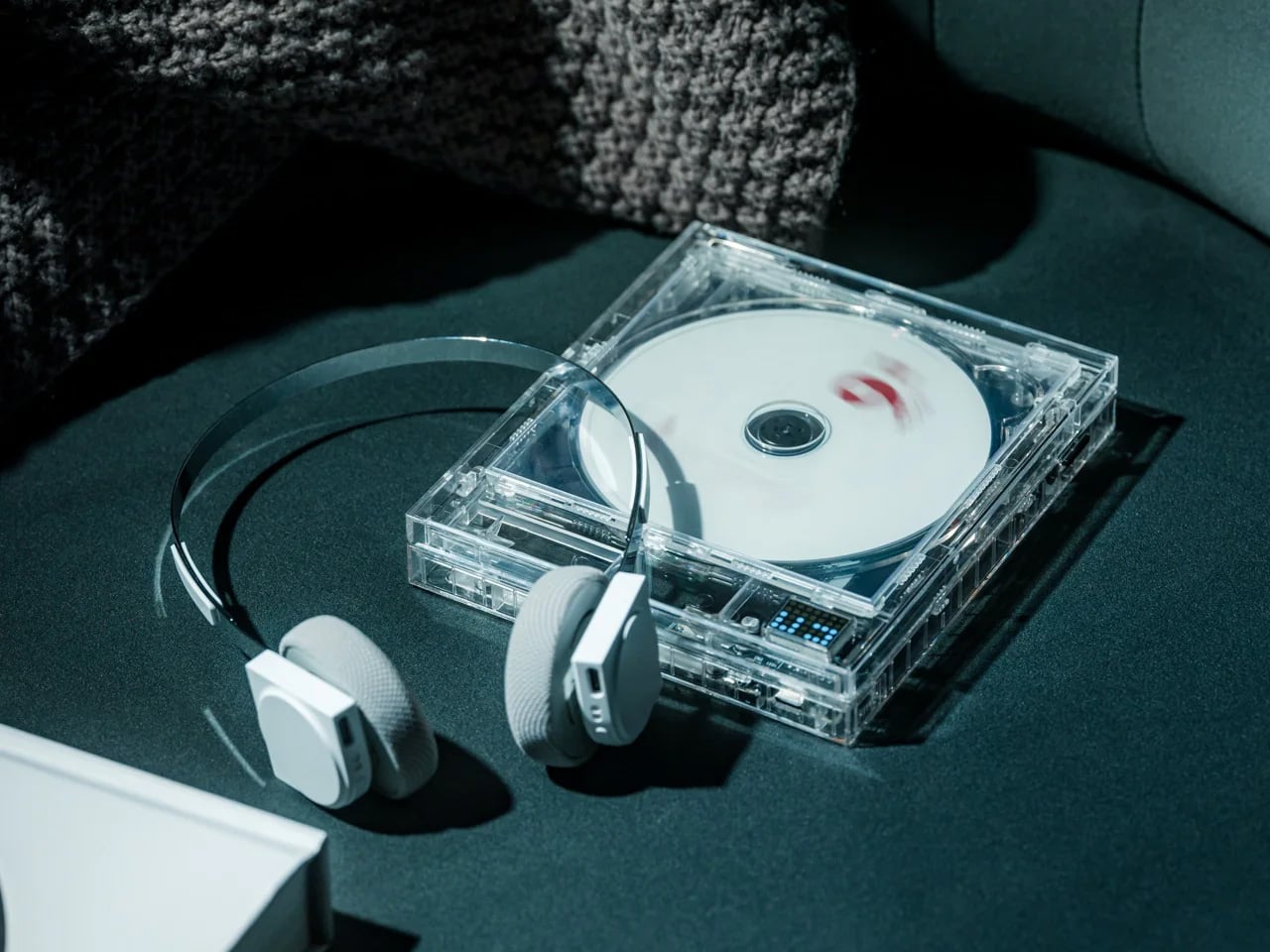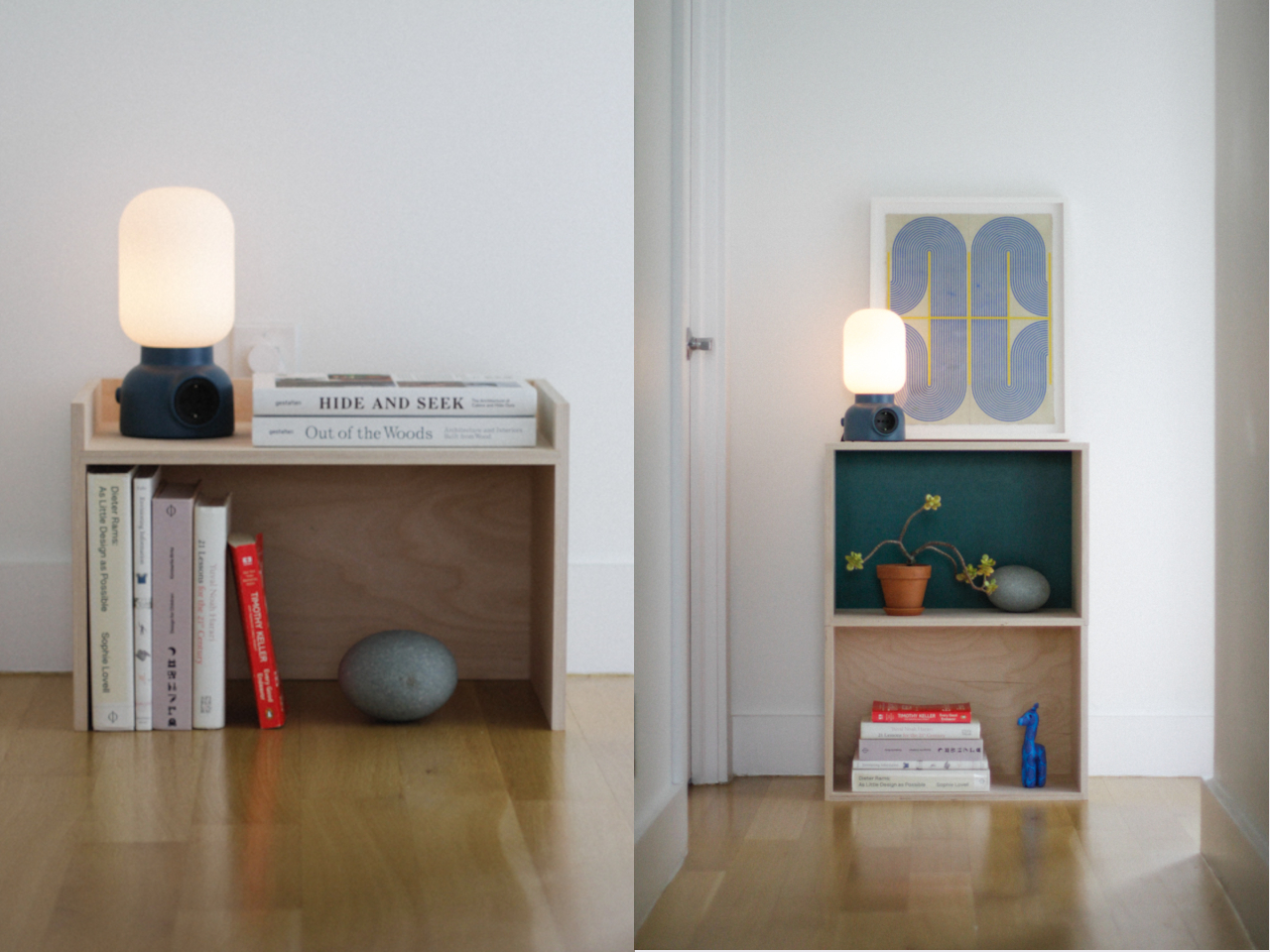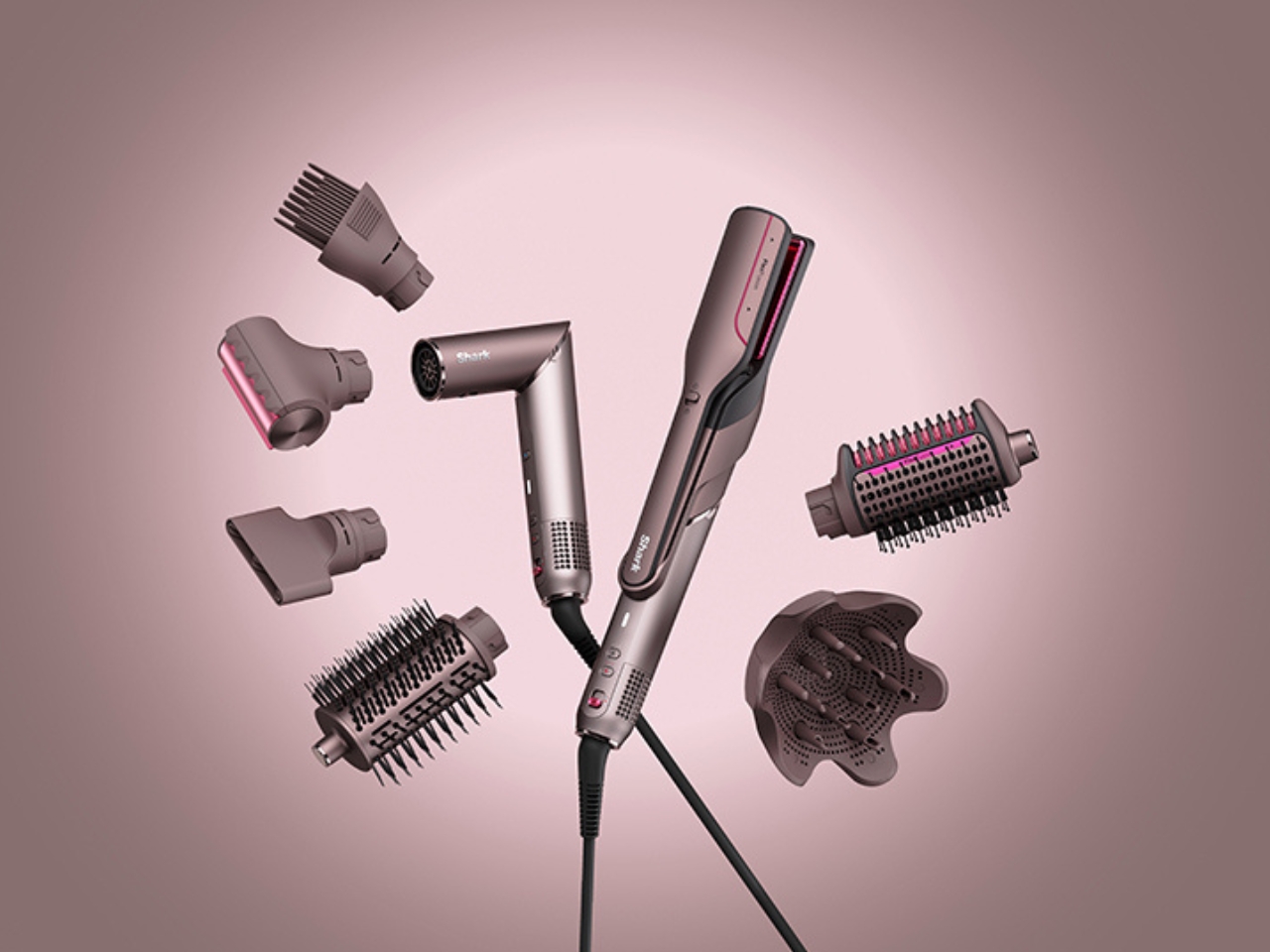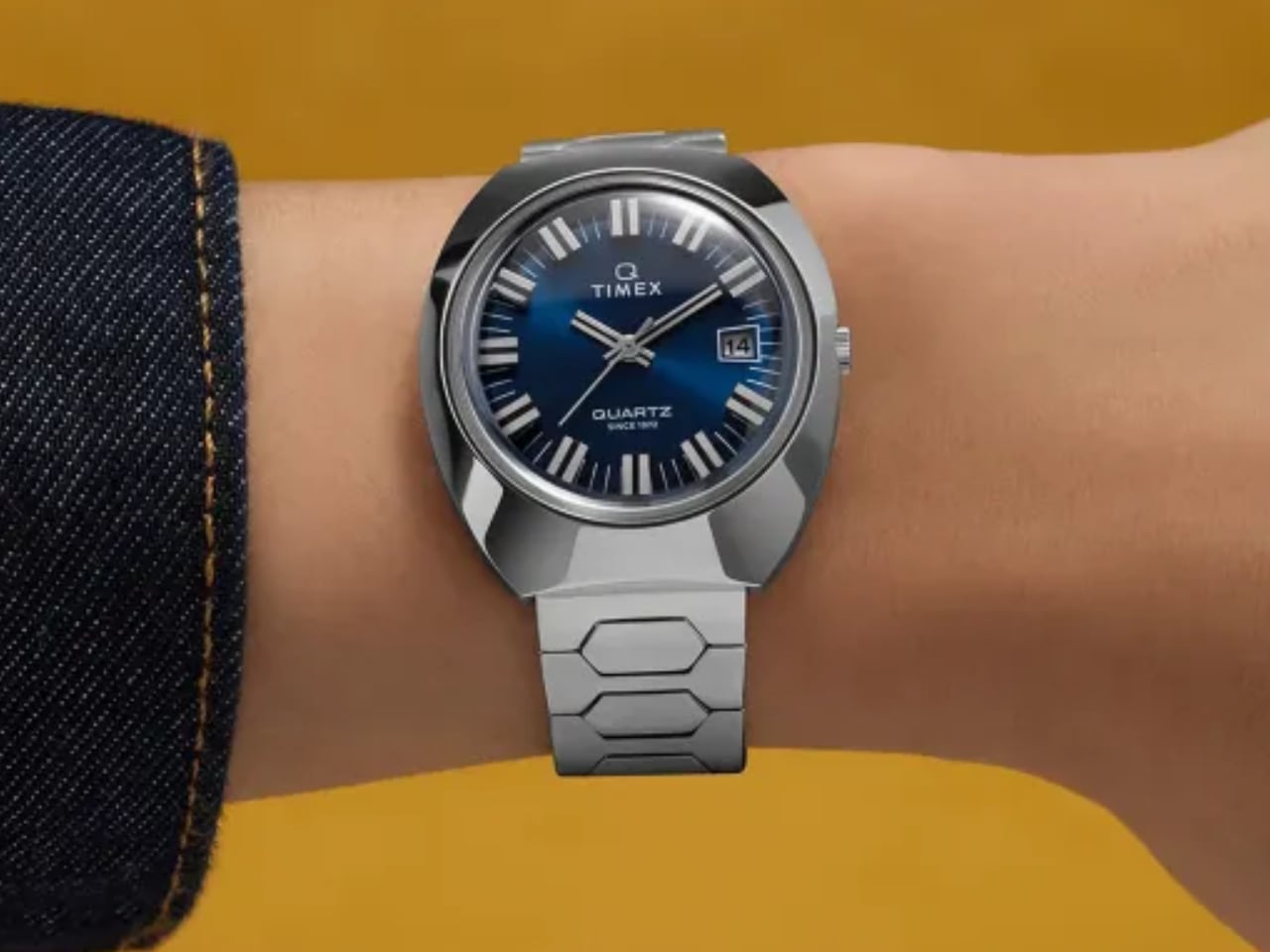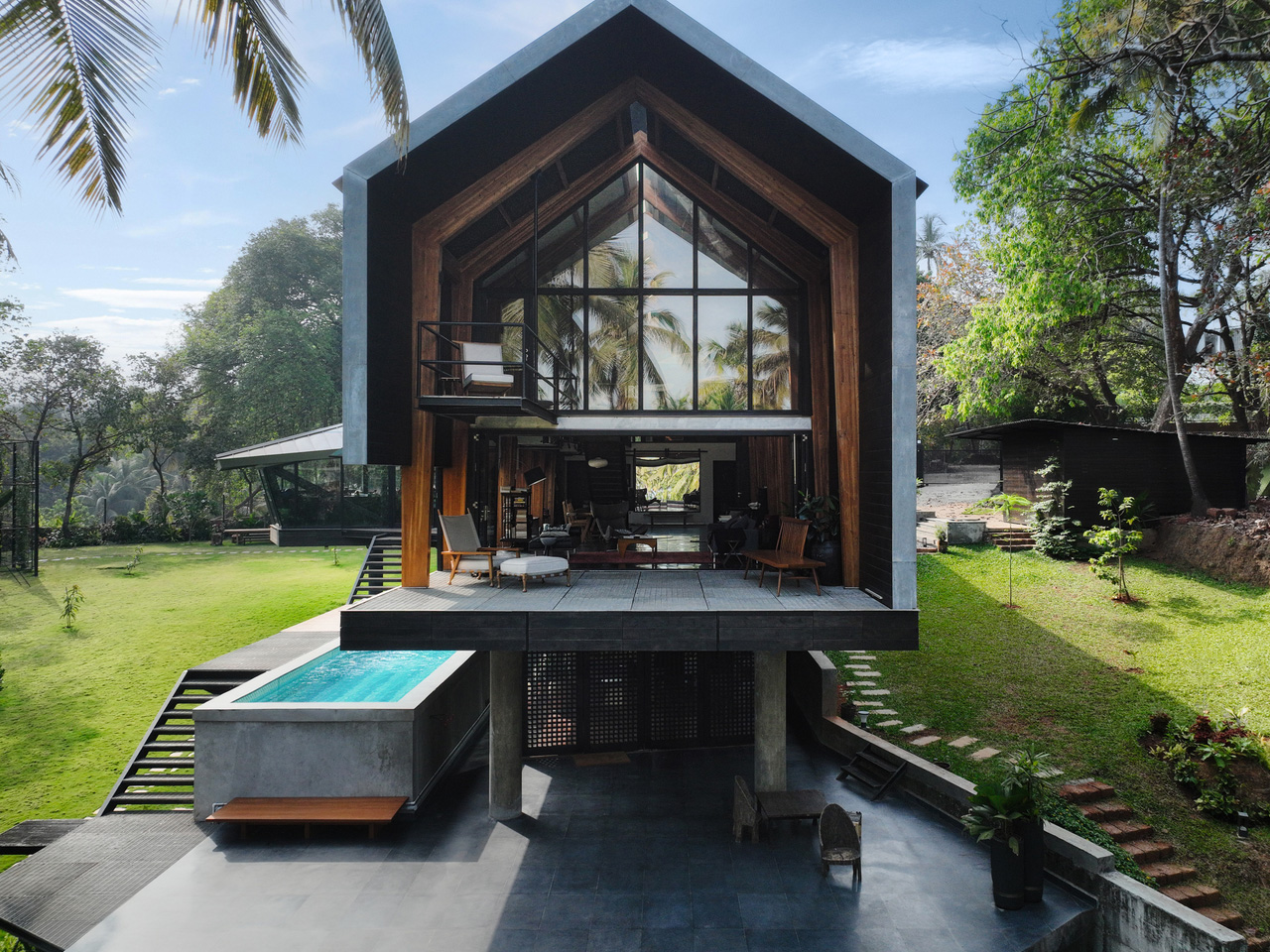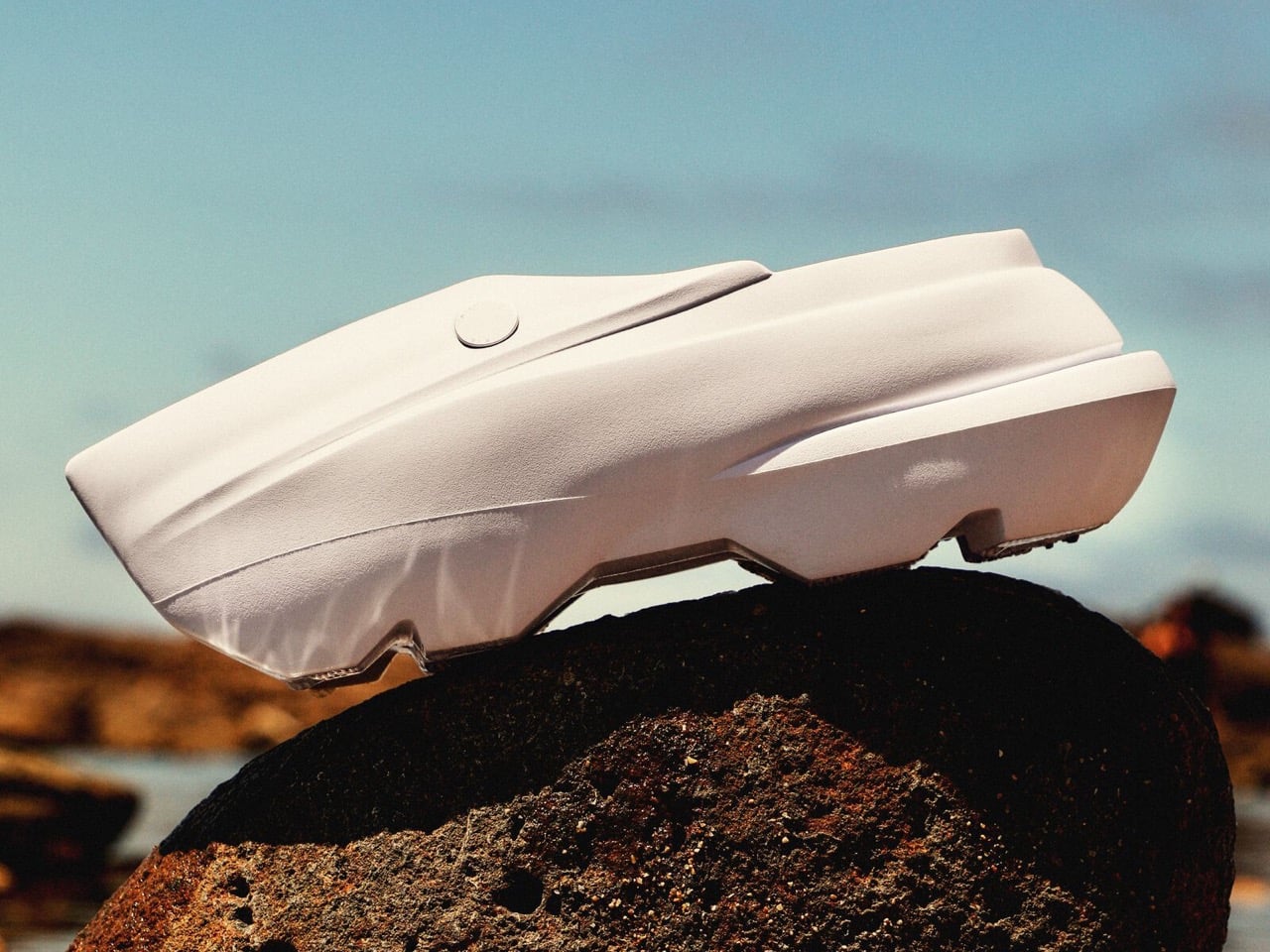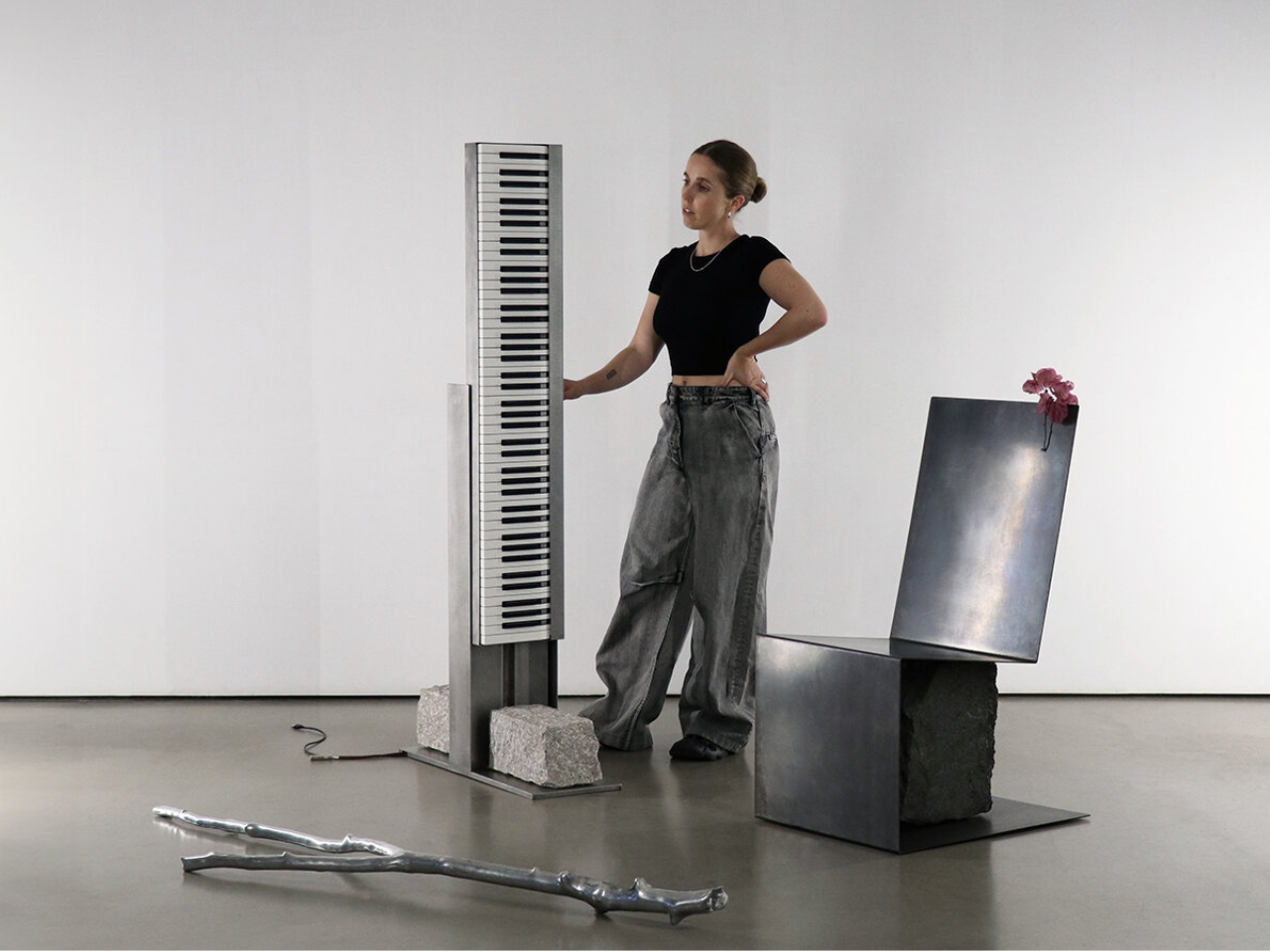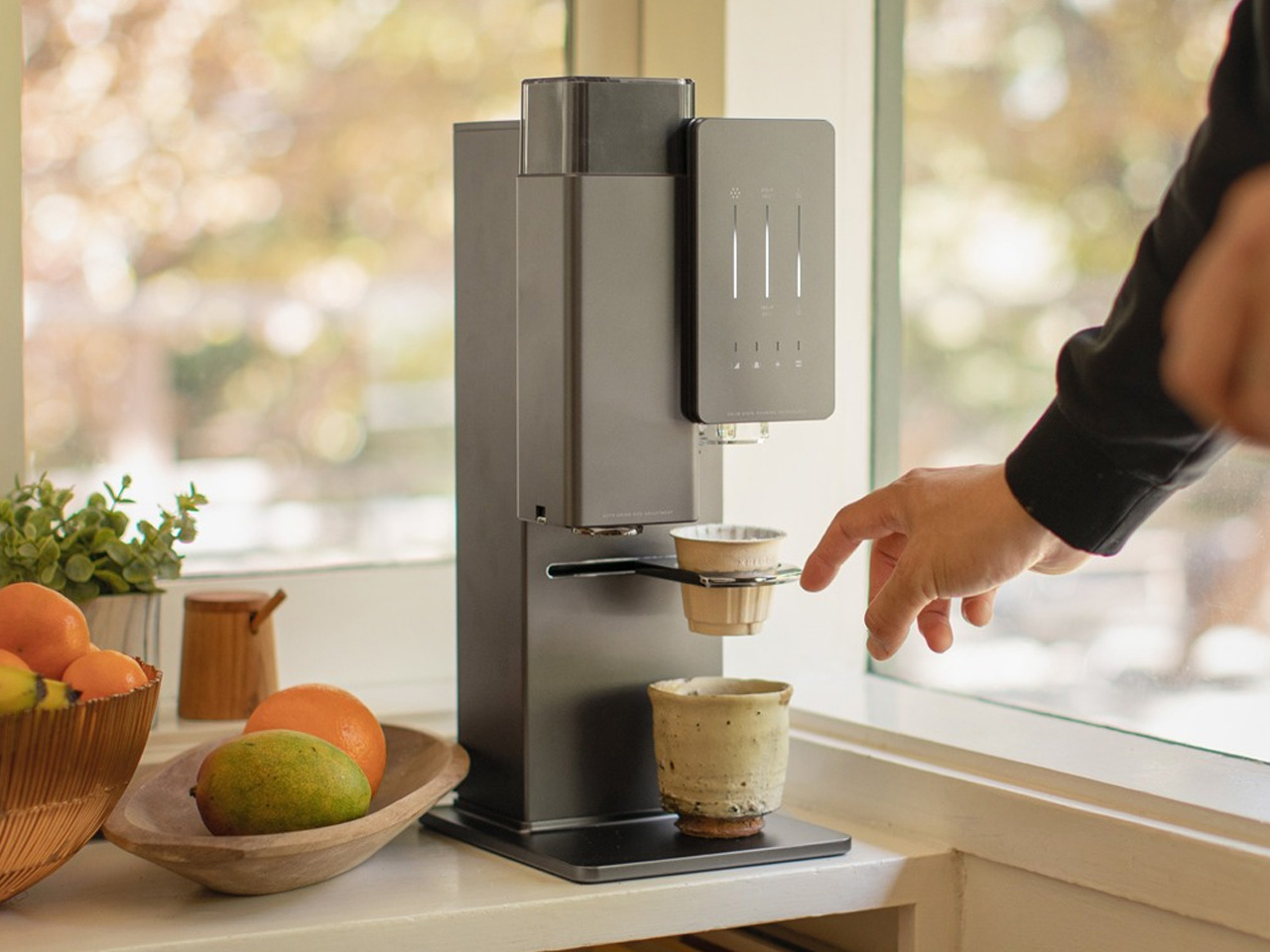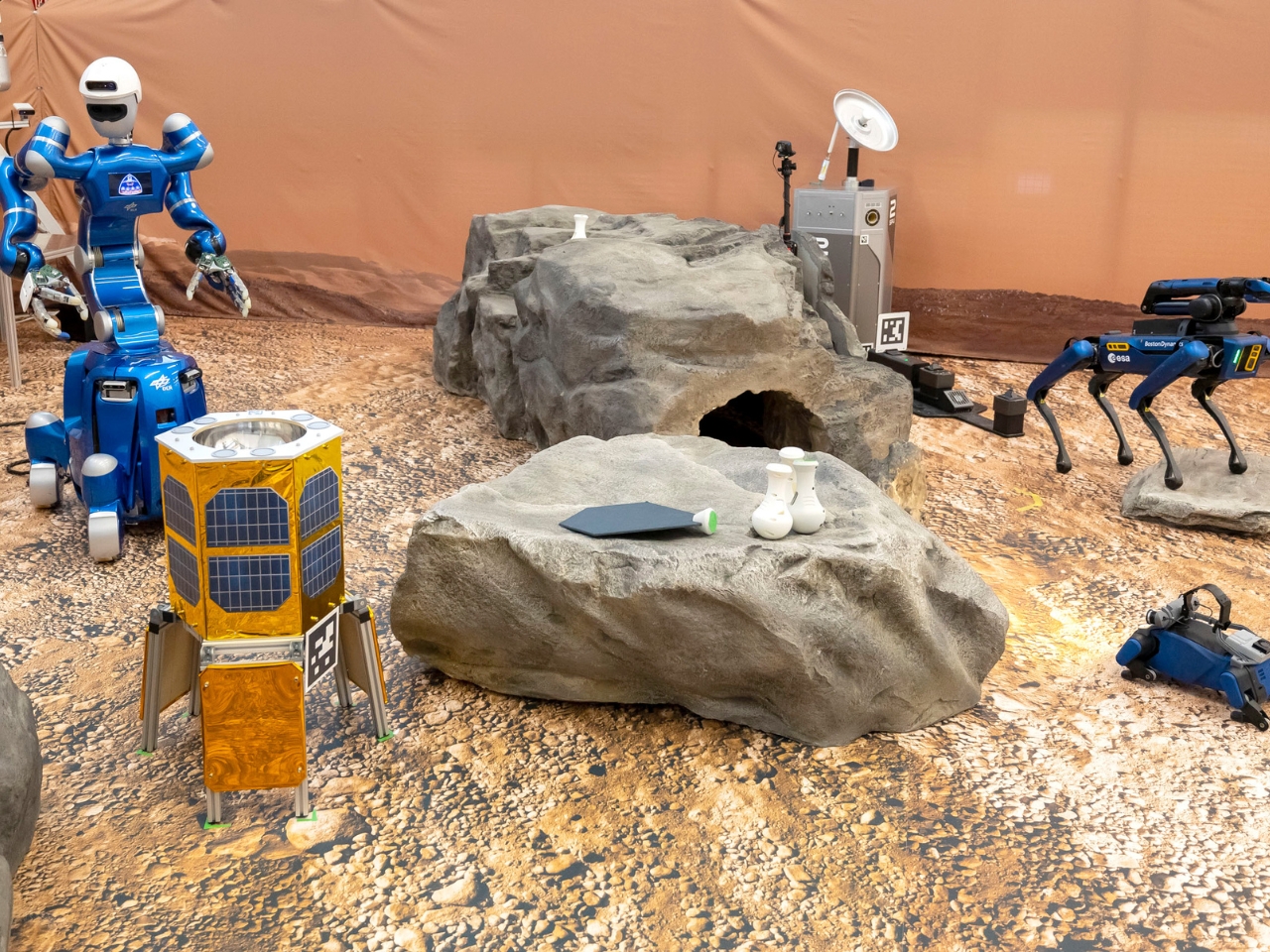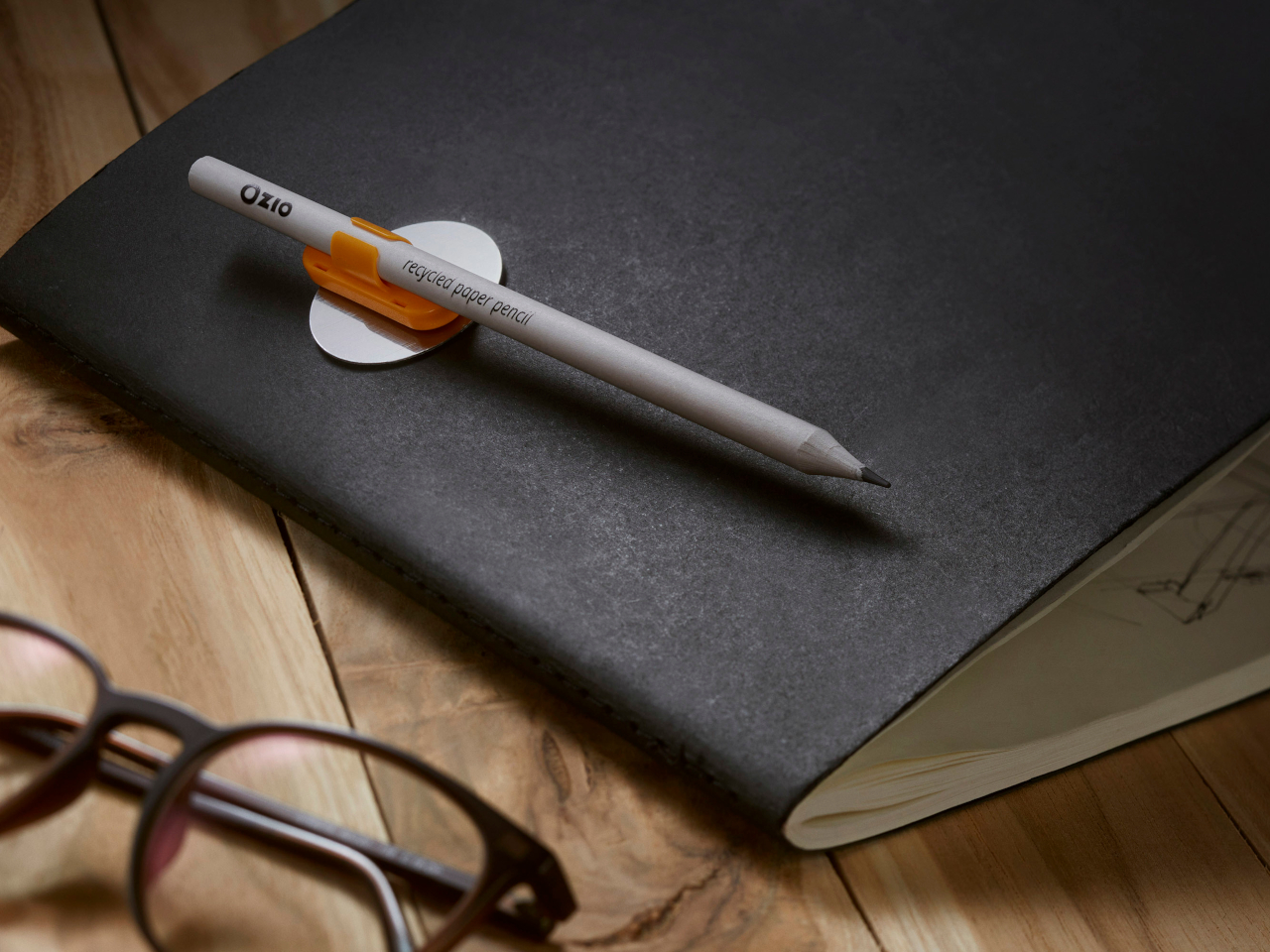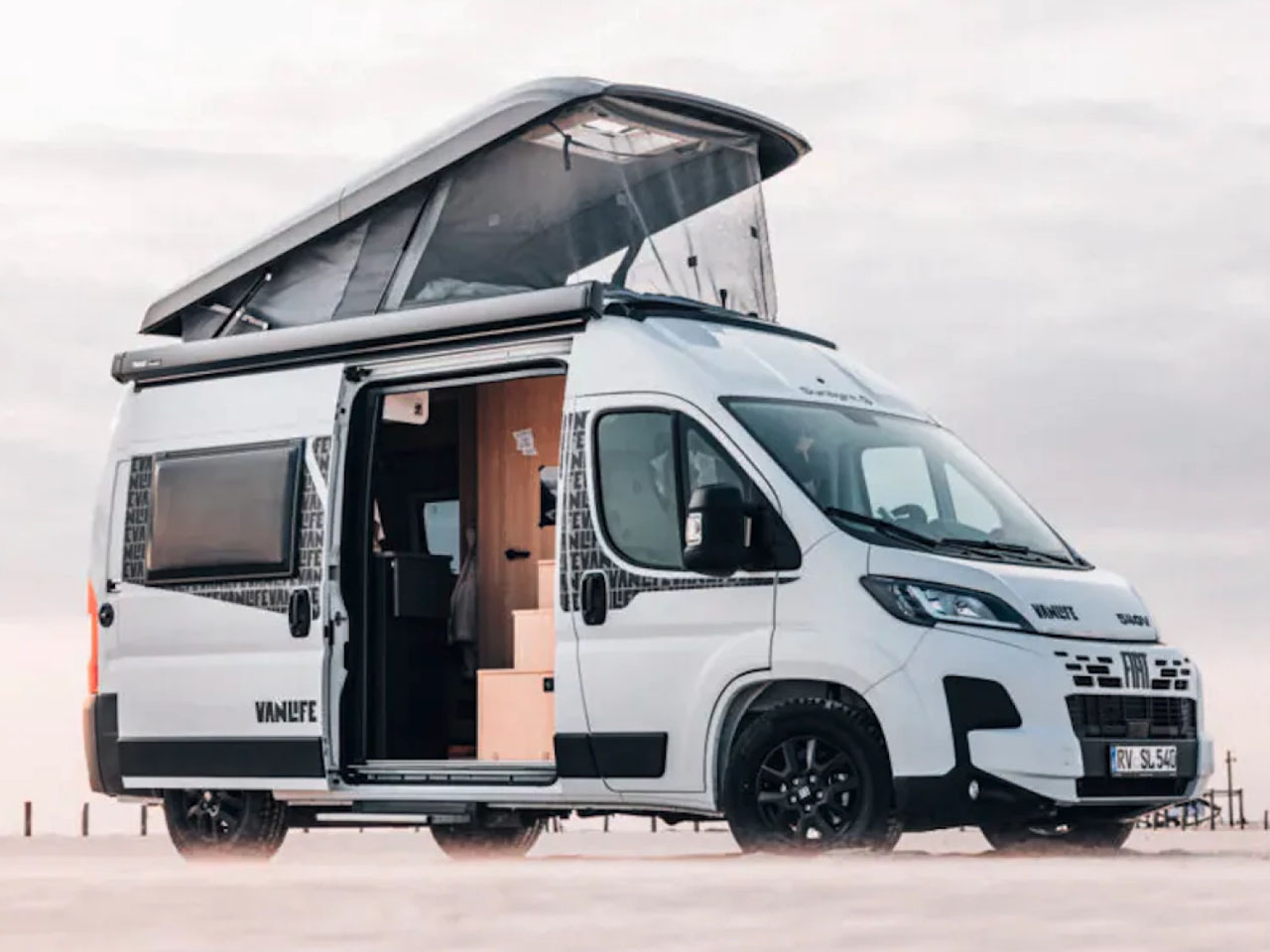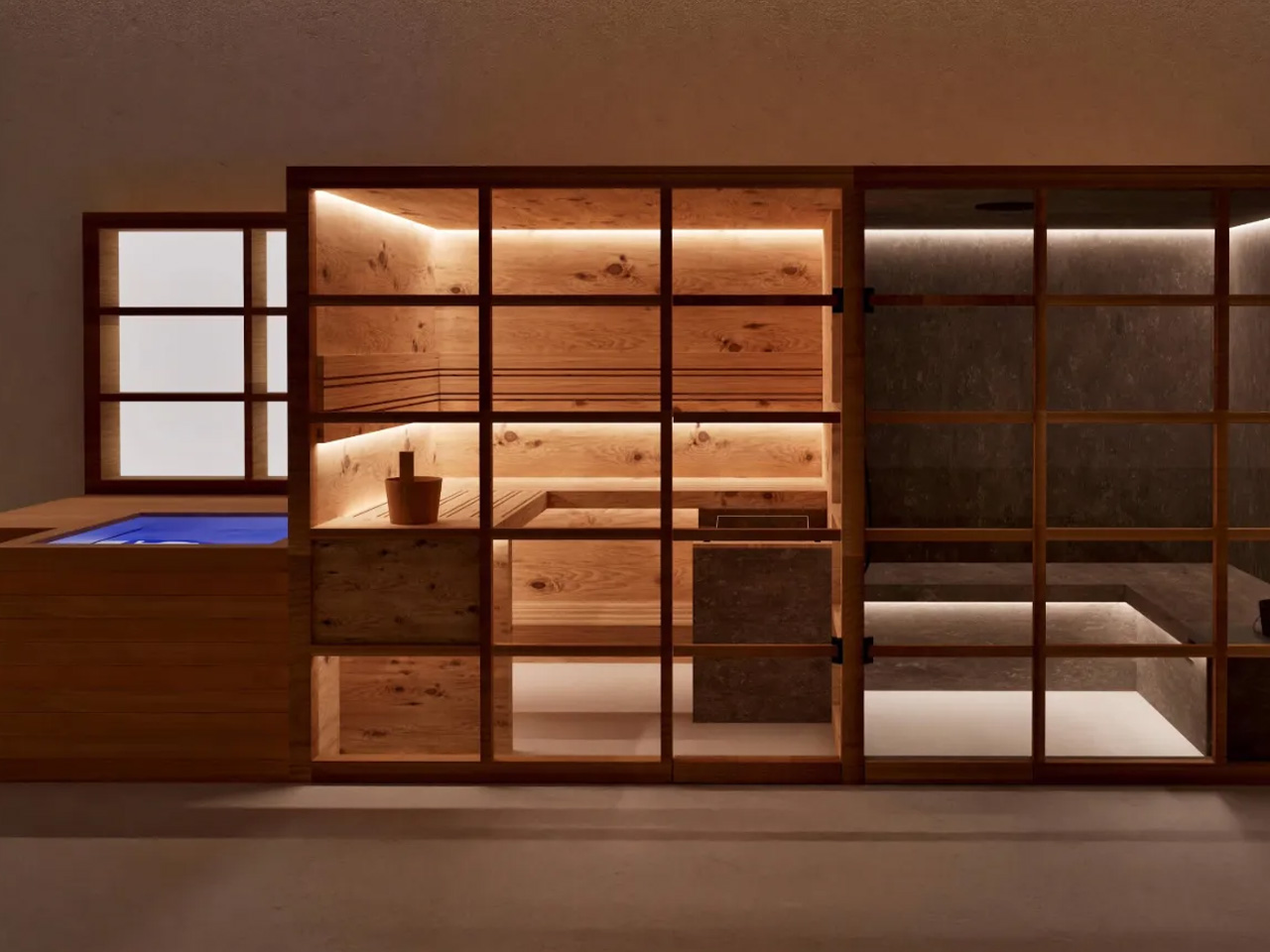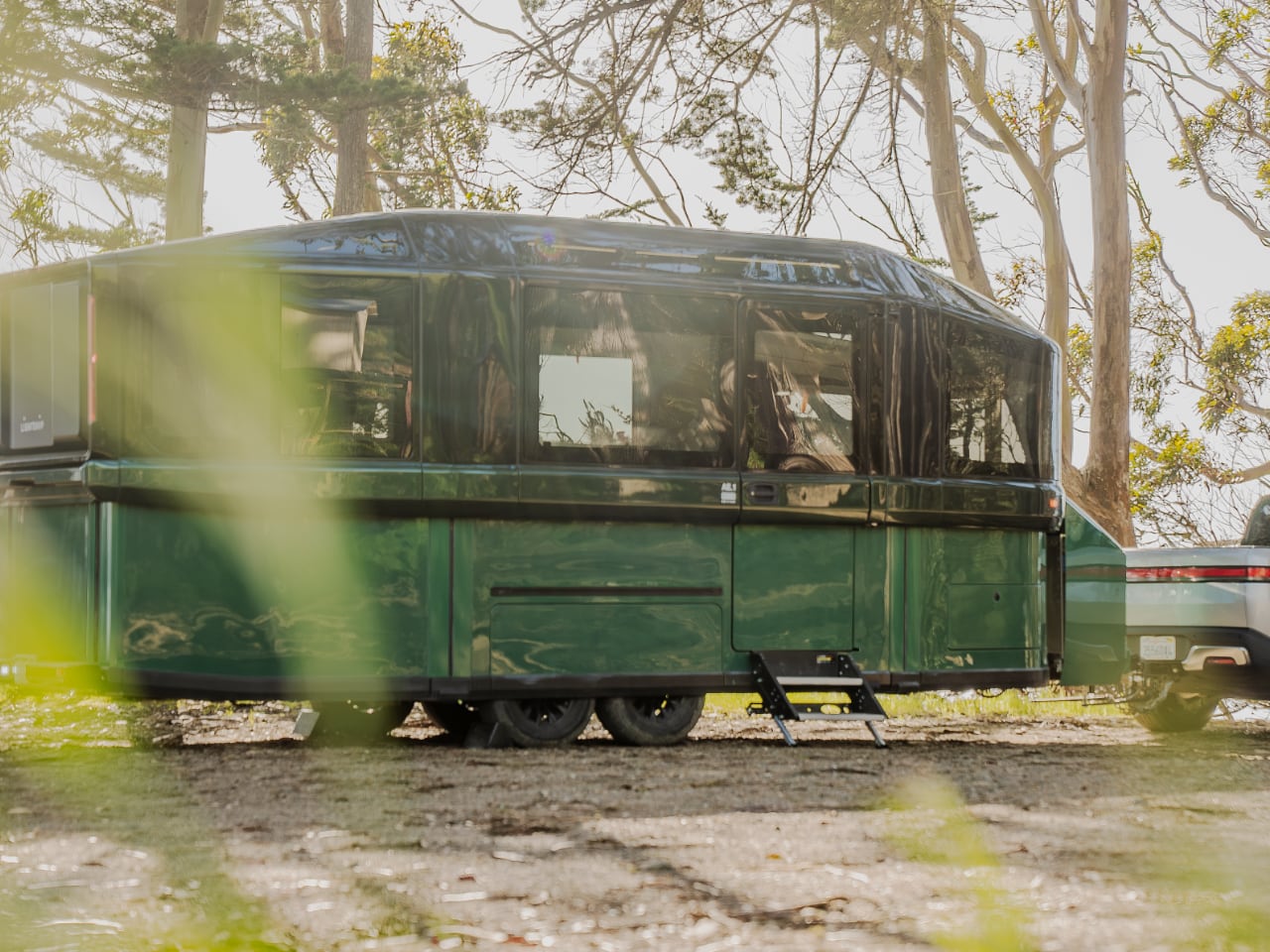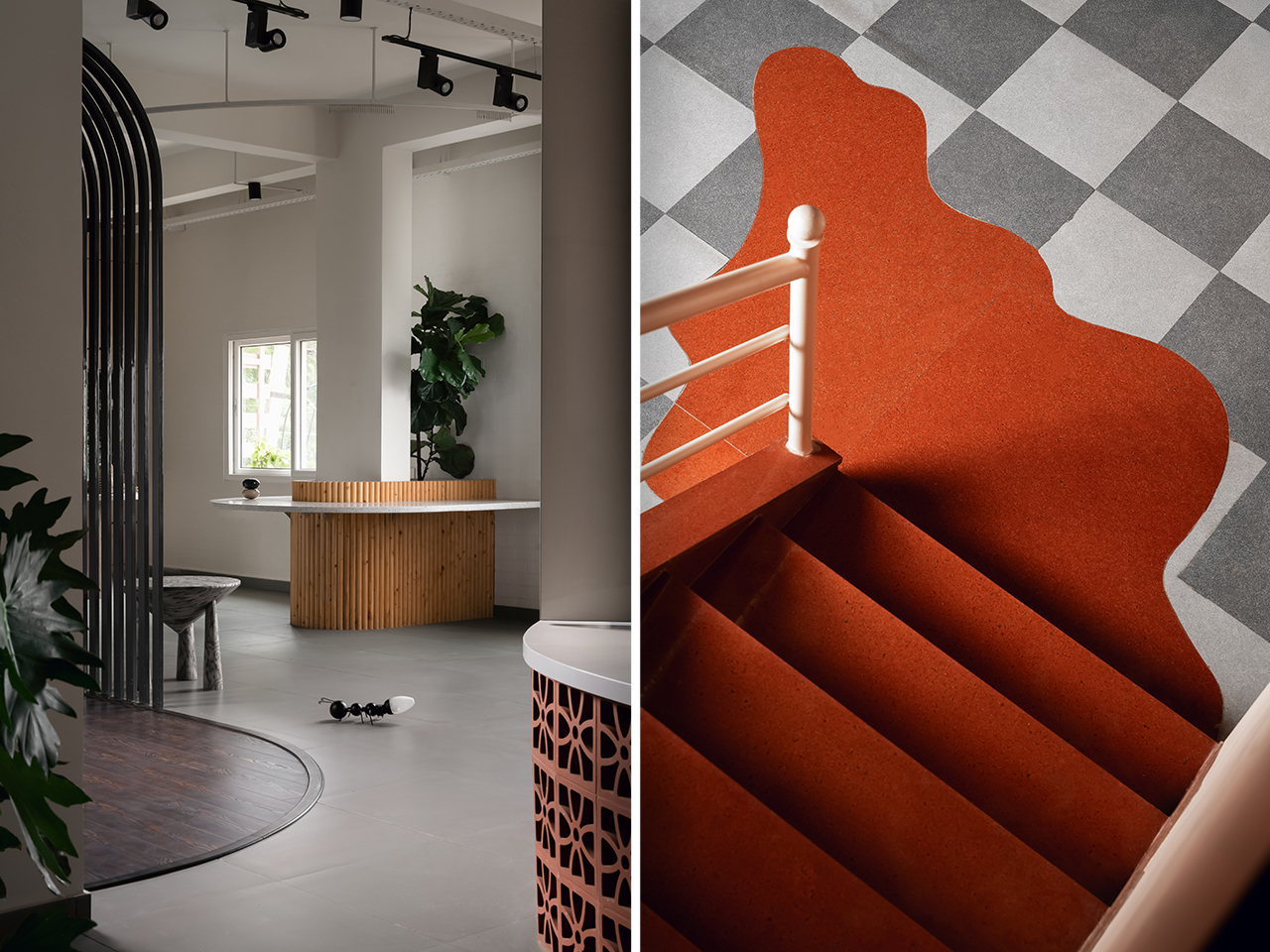
The recreational vehicle world has been stuck in the past while every other industry embraced electric innovation. Finally, we have something that doesn’t treat outdoor enthusiasts like they’ll settle for compromised gear. Lightship’s AE.1 electric travel trailer has officially entered production at their Colorado facility, with the first Cosmos Edition models reaching adventurers by summer’s end.
Designer: Lightship
This trailer addresses real problems that anyone who’s spent serious time camping knows all too well. Noisy generators that scare wildlife, propane safety concerns, limited off-grid capability, and terrible towing efficiency that kills your range. The AE.1 solves these issues without making you sacrifice comfort or capability.
Silent Power for Extended Adventures
Traditional RV generators are adventure killers. They’re loud, smelly, and turn your peaceful wilderness campsite into an industrial zone. The AE.1’s 77 kWh battery pack and roof-mounted solar array create what Lightship calls a “self-contained microgrid.”T his means weeks of off-grid camping without firing up a single generator.

The solar integration spans the entire roof, continuously feeding power back into the system while you’re out exploring during the day. When you return to camp after a long hike or bike ride, your trailer has been quietly recharging itself. No fuel to carry, no fumes to deal with, and most importantly, no noise disrupting the natural sounds you came to experience.
The battery capacity provides enough juice to run everything from the full kitchen setup to climate control and all your electronic devices. Charging ports and wireless charging pads are strategically placed throughout the interior, so your cameras, phones, and GPS units stay topped up for the next day’s adventure. This isn’t about roughing it anymore, it’s about having reliable power that doesn’t compromise your outdoor experience.
What makes this setup particularly smart for outdoor use is how it handles power management. The system automatically balances energy consumption and generation, prioritizing essential systems when battery levels drop. You’re not constantly worrying about rationing power or making tough choices between comfort and capability. The trailer manages it all while you focus on why you came out here in the first place.
Towing That Actually Helps Your Vehicle
Here’s where the AE.1 flips conventional thinking completely. Most people assume an electric trailer would drain your towing vehicle’s battery faster. The proprietary TrekDrive system does exactly the opposite, extending your range by up to 300 miles.
The two-way force sensing technology monitors road conditions constantly. When you’re climbing steep mountain passes to reach remote trailheads, the trailer’s motors kick in to help push the entire rig uphill. On descents, it provides enhanced braking control, reducing strain on your vehicle’s brakes and actually regenerating power back into both systems. This isn’t just clever engineering, it’s practical technology that makes getting to difficult locations easier.

The aerodynamic design works hand-in-hand with the propulsion system. Traditional travel trailers are basically rolling parachutes that fight you every mile. The AE.1’s telescoping shell minimizes wind resistance while towing, then expands to maximize living space once you reach camp. You’re not constantly battling crosswinds or feeling the trailer push your vehicle around on mountain highways.
For electric vehicle owners, this solves the biggest barrier to extended outdoor adventures. Range anxiety disappears when your trailer is actually helping extend your vehicle’s capability rather than limiting it. You can reach those remote boondocking spots that were previously out of range, opening up entirely new areas for exploration.
The system integrates seamlessly with your existing vehicle, whether it’s electric, hybrid, or traditional gas. The NACS charging port means you can plug into Tesla Supercharger networks for quick top-ups during travel, with maximum charging rates hitting 155 kW. No more planning routes around RV-specific charging infrastructure that barely exists.
Interior Design That Understands Outdoor Life
Walking into the AE.1 reveals thoughtful design choices that show someone actually understands how outdoor enthusiasts use their gear. The 27-foot interior sleeps four people comfortably via a convertible day bed and dinette arrangement, but the layout prioritizes functionality over cramming in flashy features.

The dozen panoramic windows and multiple skylights create an open connection to your surroundings. When you’re parked in a scenic location, you want to feel part of the landscape, not hidden away from it. The natural light transforms how the space feels, making it genuinely pleasant to spend time inside during weather delays or evening planning sessions.
The kitchen setup reflects real cooking needs rather than RV industry compromise. Full-size appliances including a dishwasher, refrigerator, convection oven, and induction cooktop are arranged to give you actual workspace. After spending all day hiking or biking, you want to prepare proper meals, not survive on camp food because the kitchen is too cramped to use effectively.

The bathroom design breaks away from typical RV afterthoughts. This is a real bathroom with a proper shower, designed for people who spend their days getting dirty outdoors. The modular mirror system that reveals hidden storage is the kind of detail that shows they understand space efficiency without sacrificing usability.
Storage throughout the trailer focuses on gear organization rather than random compartments. Outdoor equipment has specific requirements, from wet gear separation to easy access while setting up camp. The AE.1’s storage solutions reflect actual use patterns rather than generic RV thinking.
Climate control uses automotive-grade systems that actually work efficiently in varying outdoor conditions. You’re not dealing with underpowered units that struggle in temperature extremes. Whether you’re camping in desert heat or mountain cold, the electrical systems provide consistent, quiet climate management.
Technology That Enhances Rather Than Complicates
The Atlas System serves as the central brain connecting every trailer function into one intuitive interface. This isn’t some aftermarket control panel bolted onto existing systems. Everything from climate and lighting to power management and security runs through this hub, accessible through touchscreen controls that work even with gloves on.

The Lookout Camera System addresses a genuine pain point for anyone who’s tried backing a trailer into primitive campsites. Three ultra-wide cameras provide complete visibility around the rig, integrating with Atlas to show real-time monitoring and obstacle detection. When you’re navigating narrow forest service roads or trying to position perfectly at a scenic overlook, this system eliminates guesswork and reduces stress.
Power monitoring gives you real-time data on generation, consumption, and remaining capacity. You always know exactly where you stand energy-wise, allowing you to plan activities and manage usage intelligently. The system learns your patterns and provides recommendations for optimizing power use based on weather forecasts and planned activities.

The CampQuiet operation lives up to its name. All systems run silently, preserving the natural acoustics you came to experience. No generator noise scaring away wildlife or disrupting the peaceful environment that drew you to remote locations in the first place.
Production Reality and Market Positioning
Lightship isn’t making empty promises about future availability. The Colorado production facility is currently manufacturing Cosmos Edition units, with customer deliveries starting before summer ends. The limited run of 50 Cosmos Edition trailers sold out completely, indicating strong demand among serious outdoor enthusiasts willing to invest in better technology.

The company has planned a logical product rollout beyond the initial launch. Two additional variants, the Atmos and Panos models, will follow the Cosmos Edition with different price points and feature sets. This gives adventurers options without diluting the core electric technology that makes extended wilderness access more practical.

The U.S. manufacturing approach means parts availability and service support won’t depend on international supply chains. For people who take their rigs to remote locations, knowing you can get support and parts domestically matters when something needs attention.
The post Lightship AE.1: The Electric Travel Trailer Built for Real Adventures first appeared on Yanko Design.
![]()
![]()
![]()
![]()
![]()
![]()
![]()
![]()
![]()
![]()
![]()

